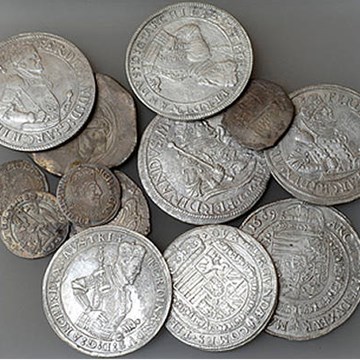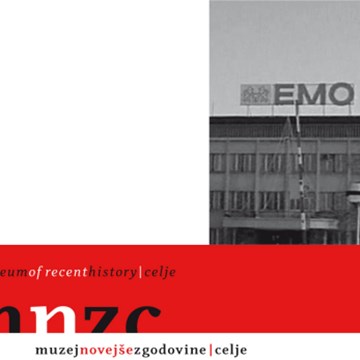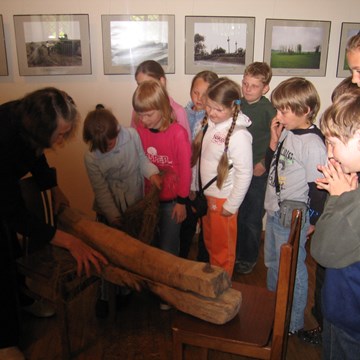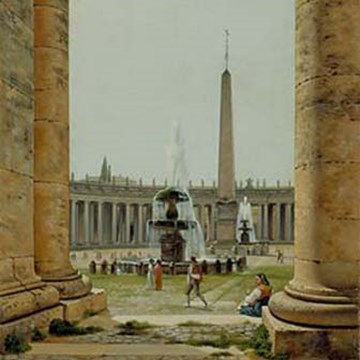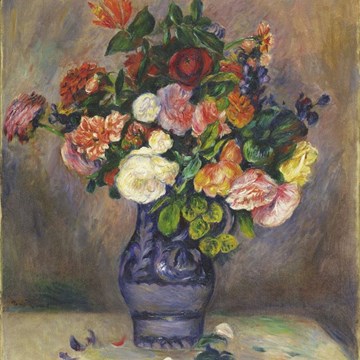Whakapakoko rākau: Capturing god
Join us we explore the role of religion and belief in the development of art and civilisations. Through an informal panel discussion multi-faith perspectives on the role of art and religion in the cultural development of civilisations will be explored.
Whakapakoko rākau or god sticks are traditional features of Polynesian cultures, especially the Maori people of New Zealand. Ipswich Museum's example is a stick-like form with human-like head and eyes inlaid with Pāua shell; it is an early example of traditional Maori religious practice. Before use by a tohunga ahurewa, a traditional Maori priest, to communicate with the atua, the deity or god, the shaft would have been carefully bound by cord, most likely using muka, in an intricate crisscross pattern with a collar of red feathers attached around the neck. The feathers would have been then coated in red ochre to attract the atua into the god stick. The god stick would then have been pushed into the ground and used to invoke the presence of atua.
Maori 'god stick', tiki wananga or whakapakoko rakau (IPSMG: HSM.2017.162) is included in the BBC Cvilisations AR App and made possible with Art Fund support.
Suitable for
18+
16-17
Exhibitions and events from this museum
We don't have anything to show you here.
Activities from this museum
We don't have anything to show you here.




